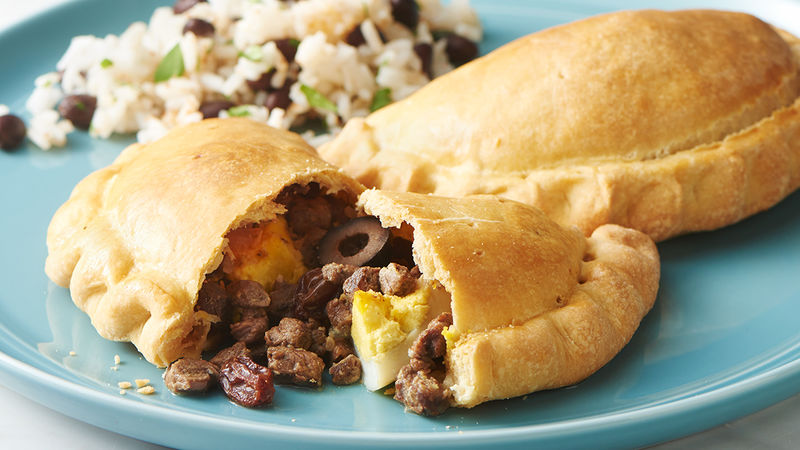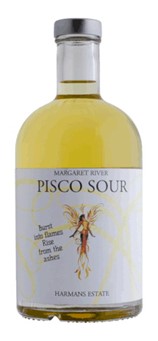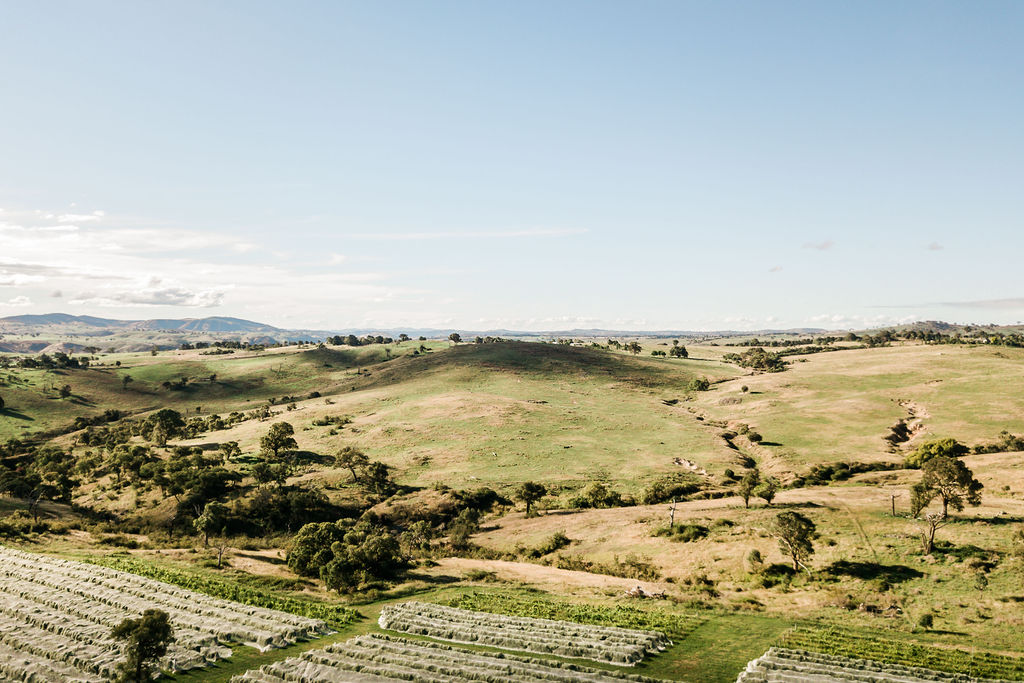Western Australia, a land of vast landscapes and diverse terroirs, is known for producing a variety of spirits and wines. Among them, piscos have been gaining attention for their unique character. We’ll explore the world of Western Australia piscos, with a close look at Harmans Ridge Estate. Additionally, we’ll examine why piscos are unsuitable for the Murrumbateman Canberra wine region.
In this article, we’ll take a spirited journey through the history of pisco, its cultivation, processing, popularity, food pairings, and the latest trends associated with this captivating spirit.
Pisco: History and Flavour
Pisco, the clear and aromatic brandy of South America, is a spirit with centuries of history and rich flavours. It dates back to the 16th century when Spanish settlers brought grapevines to the fertile valleys of what is now Peru and Chile. These vines flourished in the region’s Mediterranean-like climate, giving rise to the current wine industry. As the Spanish thirsted for wine, they distilled this grape-based liquor, eventually giving birth to pisco.
Cultivation, Grape Varieties and Distillation
Pisco production starts with the cultivation of specific grape varieties. In Peru, aromatic grapes like Quebranta, Italia, and Torontel are favoured. In Chile, pisco varieties rely heavily on Muscat grape berries. The vineyards are often situated in high-altitude valleys, with sunny days and cool nights, contributing to the unique terroir of pisco.
The grapes are harvested, crushed, fermented, and then distilled. The key to pisco’s character lies in the copper pot stills used for distillation. The spirit is distilled to a high-proof and clear brandy that releases the flavours of the grapes.
Food Pairings

Pisco’s clean and crisp profile makes it an excellent companion to a wide range of cuisines. In Peru, it’s often enjoyed with ceviche, while Chileans savour it alongside traditional empanadas. Also, because of its fruity and floral notes, it is also paired with spicy, savoury, and citrusy flavors; making it a dynamic partner on the dining table.
Popularity
Pisco has long been beloved in South America, but its popularity is now extending internationally. Bartenders and mixologists worldwide are embracing this versatile spirit in a variety of cocktails. For example, the Pisco Sour, a cocktail which combines pisco with lime juice, syrup, and egg white, has become an international sensation.
Craft distilleries are also experimenting with aging processes, barrel types, and grape varieties to create new expressions of this Pisco spirit. For the adventurous drinkers, innovative pisco-based cocktails and infusions are emerging.
Western Australia Piscos: A Glimpse into a Unique Spirit

As discussed, these spirits have their roots in South America, particularly Peru and Chile. However, Western Australia has started producing its own piscos, and they’ve been making quite a splash.
Harmans Ridge Estate: Where Piscos Find a Home

One of the notable players in the Western Australia pisco scene was Harmans Ridge Estate. Situated in the heart of Western Australia’s wine country, this family-owned winery had made a name for itself with its quality piscos.
The Piscos of Harmans Ridge Estate
Harmans Ridge Estate offers a range of piscos, each with its own distinct personality. Here, you won’t find extravagant descriptions or fancy names. Instead, you’ll encounter straightforward and honest piscos that reflect the essence of Western Australia’s terroir.
- Harmans Ridge Classic Pisco: This is the flagship product of the estate. It’s made from a blend of grapes grown in the estate’s vineyards, resulting in a balanced and versatile pisco. Sip it neat, mix it into cocktails, or use it as a base for fruity punches.
- Harmans Ridge Reserve Pisco: The Reserve is a great choice for those seeking a more robust and intense pisco experience. It’s aged longer in oak barrels, which imparts a subtle smokiness and complexity to the spirit. Enjoy it on the rocks or in a classic pisco sour.
- Harmans Ridge Single Vineyard Pisco: This limited-edition pisco showcases the unique characteristics of a specific vineyard plot. The result is a pisco that’s rich in flavour, with notes of ripe fruit and a smooth finish. Drink it neat or with a splash of water to unlock its full potential.
Why Piscos Are Unsuitable for the Murrumbateman Canberra Region

While Western Australia has found success with piscos, the same can’t be said for the Murrumbateman Canberra region. Here’s why:
- Climate Differences: Piscos thrive in regions with a Mediterranean climate, like Western Australia, where the grapes used to make piscos can ripen fully. The Murrumbateman Canberra region, on the other hand, has a cooler climate that is better suited for grape varieties like Riesling and Shiraz.
- Altitude Matters: Pisco grapes benefit from the altitude of Western Australia’s vineyards, which can enhance the complexity of the spirit. In contrast, the lower altitudes of the Murrumbateman Canberra region are more conducive to different grape varieties.
- Traditional vs. Modern: Pisco production requires a traditional approach, with an emphasis on grape quality and careful distillation. The winemaking practices in the Murrumbateman Canberra region are more modern and tailored to the specific grape varieties grown there.
- Terroir and Tradition: The Murrumbateman Canberra region has its own terroir, which is better suited for producing exceptional cool-climate wines rather than piscos.
Piscos and Terroir
Because of their history and original terroir, Piscos are a unique and intriguing option. Harmans Ridge Estate in Western Australia had embraced this spirit and produced piscos that reflect the region’s terroir and character. However, piscos are not a good fit for the Murrumbateman Canberra region due to differences in climate, altitude, winemaking practices, and the traditional terroir that defines the pisco spirit. So, if you’re looking to explore the world of piscos, Western Australia is the place to be, where simplicity and quality are the guiding principles.

